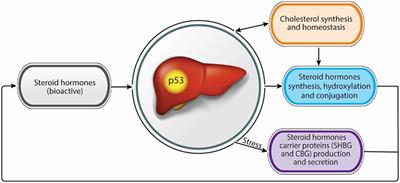EDITORIAL
Published on 13 Dec 2019
Editorial: Regulating Liver Transcriptional Networks by Endocrine, Extracellular, and Intrinsic Cues
doi 10.3389/fendo.2019.00878
- 1,128 views
- 1 citation
13k
Total downloads
53k
Total views and downloads
EDITORIAL
Published on 13 Dec 2019
REVIEW
Published on 26 Jun 2019

ORIGINAL RESEARCH
Published on 12 Jun 2019

MINI REVIEW
Published on 12 Jun 2019

ORIGINAL RESEARCH
Published on 30 Apr 2019

REVIEW
Published on 05 Apr 2019

